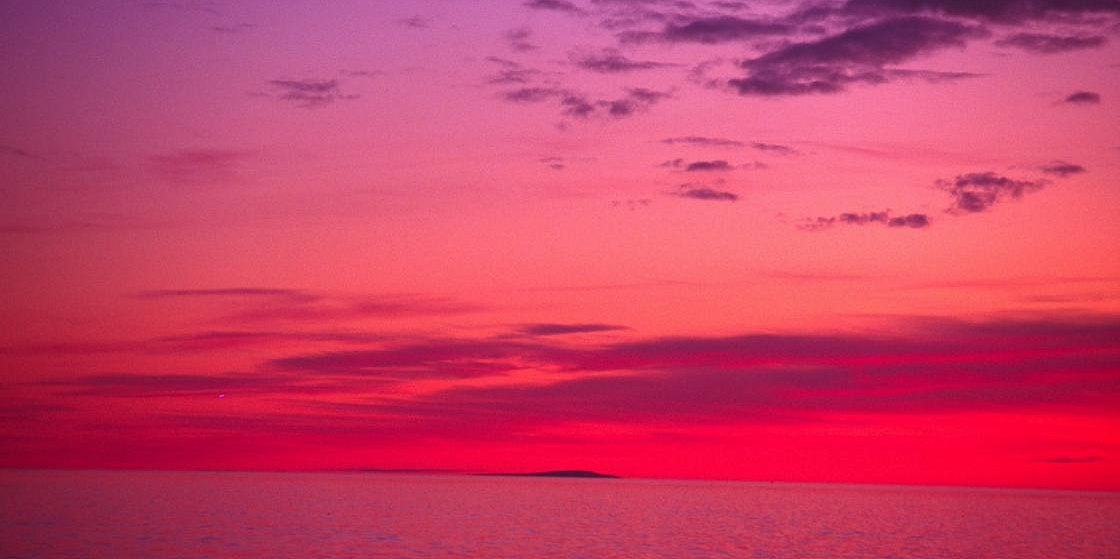
Photo: Makovnev Afanasiy/GeoPhoto.ru
Arctic Goals of the Security Council, the Ministry’s Priorities, and a Navy Drill
Today, we take a look at this week’s top stories on the Russian Arctic.
However, building infrastructure in the High North is still a challenging task -- mainly for the reason that key suppliers of construction materials are located thousands of miles from target areas. To address the issue, the government intends to foster local production of construction materials in Russia’s northern regions. This view is in line with the position voiced by President Putin, who called for increasing the construction material production in the Russian Far East. Read more…
Another top priority of the Ministry is dealing with thawing permafrost driven by the Arctic climate change. A comprehensive monitoring system will be set up in the Russian Arctic to secure operational reliability of structures built on permafrost and prevent incidents and disasters. The bill on the system is expected to be passed by the Russian Parliament this autumn. The Ministry has also embarked on a program to digitize all geological data and data pertaining to the licenses granted by the government to mining and oil and gas drilling companies throughout the years. This initiative is believed to help the Government better manage the use of natural resources. Read more…
The exercise has raised concerns in the NATO countries, giving the Western media yet another pretext for accusing Russia of “militarizing” the Arctic. However, the Russian political leadership does not intend to overdramatize the issue, being more interested in promoting relations of cooperation rather than a confrontation-based approach in the High North. Read more…
Digitization and infrastructure: key Arctic goals of the Security Council
The Interagency Commission for the Arctic under the Security Council of Russia gathered to discuss digital development and construction of infrastructure in the Russian Arctic. The session was chaired by the Security Council’s Deputy Chairperson Dmitri Medvedev. Promoting digitization and ensuring better connectivity is crucial for sustainable development in high latitudes. Introducing digital solutions will help reduce considerable transaction expenses and find new avenues for growth in the Russian Arctic.However, building infrastructure in the High North is still a challenging task -- mainly for the reason that key suppliers of construction materials are located thousands of miles from target areas. To address the issue, the government intends to foster local production of construction materials in Russia’s northern regions. This view is in line with the position voiced by President Putin, who called for increasing the construction material production in the Russian Far East. Read more…
Preventing blazes, permafrost monitoring and mineral exploration as priorities of the Ministry for Natural Resources and Environment
According to the Russian Ministry for Natural Resources and Environment, next year’s summer season is likely to be as challenging as that of 2021 in the Russian North, with high temperatures aggravating the threat of large-scale blazes. To respond to the challenge, steps are being taken beforehand: a task force comprising top-trained smokejumpers has been created to fight fires specifically in the northern regions of Russia and additional sums have been allocated to fund emergency units, while ministries and agencies concerned are working together to improve the legislation as regards first response services.Another top priority of the Ministry is dealing with thawing permafrost driven by the Arctic climate change. A comprehensive monitoring system will be set up in the Russian Arctic to secure operational reliability of structures built on permafrost and prevent incidents and disasters. The bill on the system is expected to be passed by the Russian Parliament this autumn. The Ministry has also embarked on a program to digitize all geological data and data pertaining to the licenses granted by the government to mining and oil and gas drilling companies throughout the years. This initiative is believed to help the Government better manage the use of natural resources. Read more…
A war game was held in the Russian Arctic
On 10-16 September, a big military exercise was held by the Russian Navy in the Barents Sea. Under the drill scenario, Russia’s naval, ground and airborne units supported by military aircraft had to repel an imaginary attack on the Kola Peninsula. The war game involved about 8,000 servicemen, 50 battleships and support vessels, and about 800 vehicles such as tanks, APCs and self-propelled artillery. The drills were synchronized with the Zapad 2021 exercise staged by the Russian and Belorussian armed forces.The exercise has raised concerns in the NATO countries, giving the Western media yet another pretext for accusing Russia of “militarizing” the Arctic. However, the Russian political leadership does not intend to overdramatize the issue, being more interested in promoting relations of cooperation rather than a confrontation-based approach in the High North. Read more…
17 September 2021




